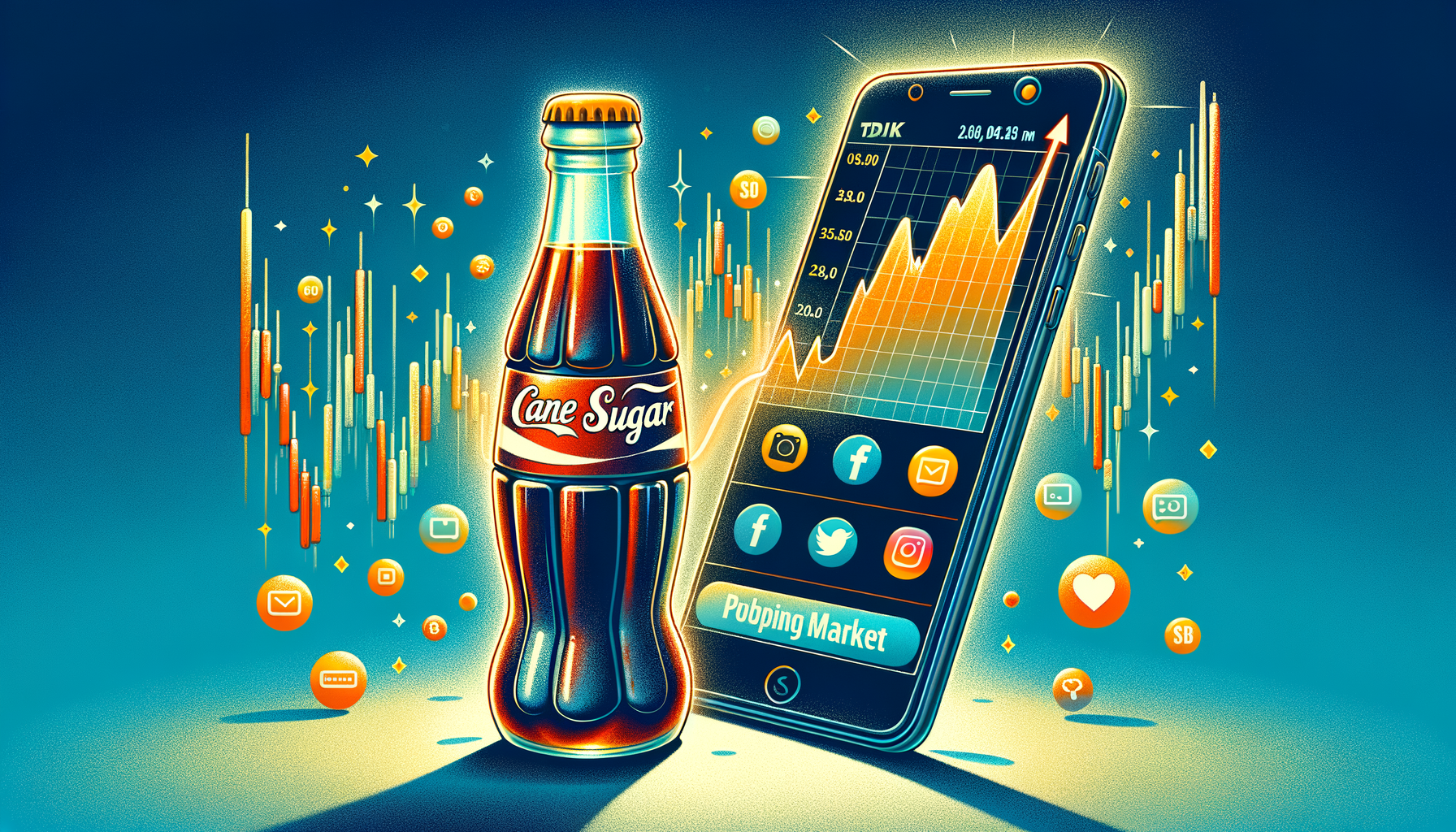Trump, Cane Sugar and the Cola Wars
Short answer: No, Coca-Cola has not agreed to ditch corn syrup nationwide—at least not yet. But Donald Trump’s online blast has shaken Wall Street, split nutrition scientists, and exposed a few sugary myths along the way. Buckle up; this story is fizzier than a freshly popped can.
1. The Tweet That Popped the Tab
On 16 July 2025, former-and-again President Donald J. Trump typed 45 explosive words on Truth Social:
“I have been speaking to Coca-Cola about using REAL cane sugar in Coke in the United States, and they have agreed to do so.”
(Truth Social post, 16 July 2025)
Within minutes:
- Financial desks lit up.
- Corn-syrup giant Archer-Daniels-Midland fell about 5 % after hours.
- News sites from the Washington Post to Fox 5 rushed out push alerts.
What did not happen: Coca-Cola never confirmed a recipe change. The company merely said it “appreciates the President’s enthusiasm” and promised “more details … soon.”
Verified fact: Trump made the claim.
Still unverified: Any signed deal or production plan.
2. A Private Call—or a Sugar-Coated Story?
Trump insists he “personally” spoke with Coke executives and that “they have agreed.” Reached by multiple outlets, the beverage giant offers corporate-speak and zero specifics.
Possible scenarios:
- Real handshake, public silence. Brands sometimes keep negotiations quiet until supply chains are ready.
- Polite brush-off. Executives listened, said “Interesting, Mr. President,” and hung up.
- Trumpian hype. A one-sided promise tweeted as fact.
We simply don’t know—yet. Transparency score: ⚪ Pending evidence.
3. Sweet Truths and Sticky Myths
| Claim in original German article | Fact-check verdict |
|---|---|
| “Europe and Mexico already use cane sugar.” | Half wrong. Mexico = cane. Europe = mostly beet sugar, sourced locally. |
| “HFCS has dominated U.S. Coke since the 1980s.” | Correct. Coke switched in 1985. |
| “ADM stock fell 6 %.” | Close, but high. Documented drop ≈ 5 %. |
Health claims—more complicated than you think
The article paints high-fructose corn syrup (HFCS) as a unique villain behind obesity, fatty liver, diabetes, and gout. Science is not that clear-cut.
- Observational links exist. Diets high in any added sugar—corn or cane—correlate with metabolic disease.
- Head-to-head trials find little difference. A 2022 review of 767 participants found no major physiological gap between HFCS and sucrose, except a tiny rise in an inflammation marker (CRP).
Source: Nutrition Reviews, 2022, PMID 36238453.
Bottom line: Too much sugar of any kind is risky; swapping sources won’t turn soda into health food.
4. Why Corn Syrup Rules U.S. Soda
- Price: USDA data show HFCS-42 often costs half as much as refined sugar.
- Liquid Form: Easier to pump into massive syrup tanks.
- Trade policy: U.S. sugar quotas keep domestic sugar prices high, making corn syrup the cheap go-to.
So a nationwide switch to cane (or beet) sugar would:
- Shrink margins for Coke unless prices rise.
- Squeeze corn farmers—and ADM share-holders felt the chill immediately.
- Please a niche fandom that imports “Mexican Coke” for its old-school taste.
5. Taste, Nostalgia and the “Mexican Coke” Cult
Walk into a Brooklyn bodega or a Texas taquería and you’ll find long-neck glass bottles labeled “Hecho en México.” They’re sweetened with cane sugar and celebrated as “better.” Is the flavor difference real?
- Chemically: HFCS-55 and sucrose both break down to roughly 55 % fructose / 45 % glucose by the time they hit your tongue.
- Perceptually: Blind taste tests are mixed. The glass bottle, nostalgia and tiny carbonation tweaks might be doing the heavy lifting.
Still, taste is personal, and Trump—though a Diet Coke loyalist—claims cane Coke is “just better.” Marketing gold right there.
6. The Bigger Picture: Policy or Populism?
Trump has a history of linking politics and personal cravings (remember the Oval Office “Diet Coke button”?). This new push:
- Rallies Midwestern beet-sugar growers (swing-state Michigan, anyone?).
- Tweaks Big Corn—a constituency that often leans Republican.
- Grabs headlines in the slow summer news cycle.
Whether it turns into formal regulation, a voluntary brand shift, or just another fizzed-out tweet remains to be seen.
7. What Happens Next?
Keep an eye on three pressure points:
- Coca-Cola’s Q3 earnings call (August): Any mention of “ingredient innovation” will be scrutinized.
- USDA & trade policy: Sugar tariffs and corn subsidies could quietly change.
- Label law: The FDA could, in theory, demand clearer sugar-source labeling, forcing Coke’s hand without banning HFCS.
8. Key Takeaways
- No official recipe change has been confirmed—Trump’s statement is still a solo act.
- Europe mostly drinks beet-sugar Coke, not cane.
- Health experts say replacing HFCS with cane sugar is unlikely to make soda healthier.
- The real winners (for now): headline writers and anyone holding short positions in corn-syrup stocks.
Sources
- Washington Post report, 16 July 2025 – https://www.washingtonpost.com/food/2025/07/16/trump-coca-cola-cane-sugar-corn-syrup/
- Associated Press dispatch, 16 July 2025 – https://apnews.com/article/be3111be856dcffea8c5e004259c37c8
- Barron’s market brief – https://www.barrons.com/articles/trump-coke-cane-sugar-adm-154ddb17
- Coca-Cola Europe sugar sourcing explainer – https://www.cocacolaep.com/media/news/2024/meet-the-brands-coca-cola-original-taste/
- USDA ERS HFCS data – https://primary.ers.usda.gov/amber-waves/2008/february/high-fructose-corn-syrup-usage-may-be-leveling-off/
- Systematic review of HFCS vs. sucrose (2022) – https://pubmed.ncbi.nlm.nih.gov/36238453/
The story is still bubbling. Until Coke trucks start rolling out with a new formula, remember: in politics—and in cola—promises can be sweeter than reality.
